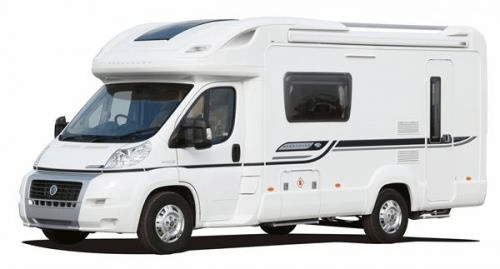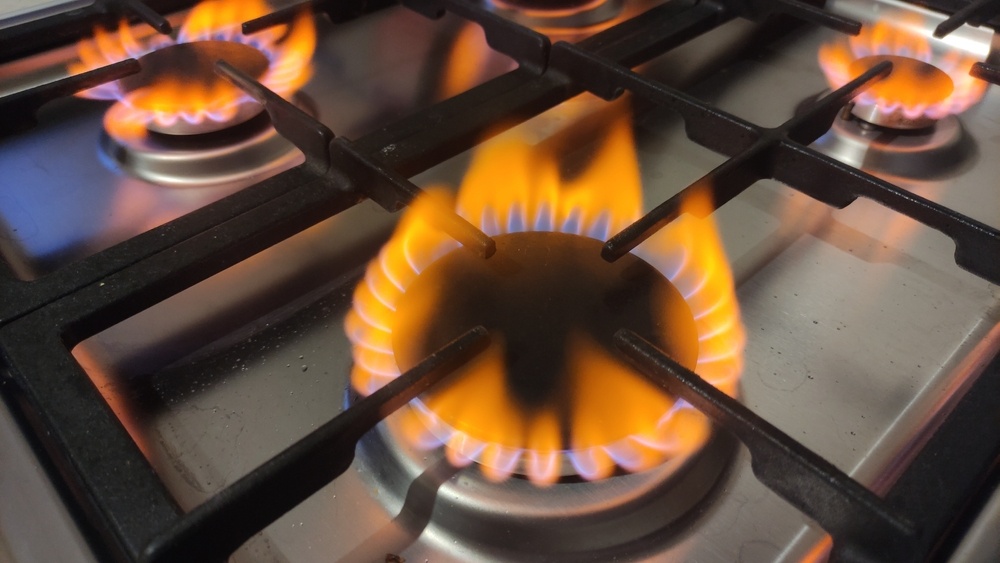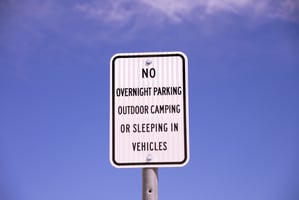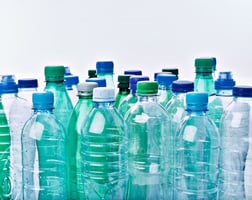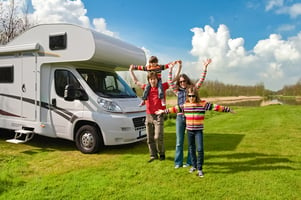This month, news was released that certain areas in North Yorkshire will be banning overnight...
In January 2025, the motorhome community was shaken by the tragic death of Gerry Kennedy, a father of five, who succumbed to suspected carbon monoxide poisoning while sleeping in his campervan. Faced with extreme weather conditions, Gerry had turned on the engine to keep warm during the night, and unbeknown to him, carbon monoxide had seeped into his vehicle, leading to his untimely death.
This heartbreaking incident underscores the often-overlooked dangers of carbon monoxide poisoning occurring in motorhomes. The insidious nature of the gas means that people can be overcome without warning, particularly when they are asleep, as early symptoms such as headache, dizziness and nausea can go unnoticed.
Known as the ‘silent killer’, carbon monoxide (CO) is a colourless and odourless poisonous gas that can cause people to become ill, lose consciousness and, as we have sadly heard, die. When too much carbon monoxide is in the air, the oxygen in our red blood cells is replaced with the gas, and the body is then poisoned when the tissues are prevented from receiving the oxygen they need from our blood. It’s important to note that children and babies are often more susceptible.
Carbon monoxide is produced when fuels such as propane, gasoline, wood or charcoal are burned incompletely, either because an appliance isn’t working properly or because the gas simply occurs as part of its normal function.
In the confined space of a motorhome, several sources can emit this deadly gas. Gas cookers and heaters can produce carbon monoxide if not properly maintained. Running the vehicle’s engine or a generator can lead to carbon monoxide accumulation, especially if the exhaust system is faulty or the vents are blocked. Also, using a charcoal grill inside for warmth or cooking can rapidly increase the levels of the gas inside.
How to protect against carbon monoxide poisoning in your motorhome
Install carbon monoxide detectors
Ensure detectors are placed near your sleeping areas and check them regularly to make sure they are working.

Maintain your appliances
It’s really important to regularly service all of your fuel-burning appliances to confirm they are functioning correctly and safely. Make sure every gas appliance you have is installed properly by a competent person.
Check for proper combustion
Make the time to check that your gas appliances are burning with a blue flame. If the flame is yellow, turn off the appliance and have it checked by a professional.

Ventilate your motorhome properly
Keep all vents clear of any obstructions. Be cautious of any external factors, such as strong winds, which can cause carbon monoxide to blow back into the motorhome. Make sure any vehicle fumes from other people’s vehicles that are parked close to you aren’t aimed towards your motorhome, too…
Avoid using certain items inside
Never use BBQs, portable gas appliances or generators inside the motorhome.

Don’t rely on your vehicle engine for heating
It’s so important to refrain from running the motorhome’s engine overnight as a heat source.
Don't sleep with gas appliances on
Never sleep with any gas appliances turned on - if a problem occurs, you’re less likely to realise it when asleep.
Remember, this is a gas that you can't see, smell or taste - which makes it very dangerous to be around. The early stages of carbon monoxide poisoning can give symptoms similar to food poisoning or flu, including headaches, dizziness, feeling sick, tiredness and confusion, stomach pains or shortness of breath. Higher concentrations can make someone look like they are drunk, with loss of coordination and sometimes speech.
If you think carbon monoxide poisoning has occurred, turn off all gas appliances you were using, open the windows and doors immediately, get outside as quickly as you can, and get prompt medical advice.
Hopefully this has been a helpful guide for you. Be sure to take the necessary precautions we’ve listed above, to protect yourself and your loved ones from the silent threat of carbon monoxide.


